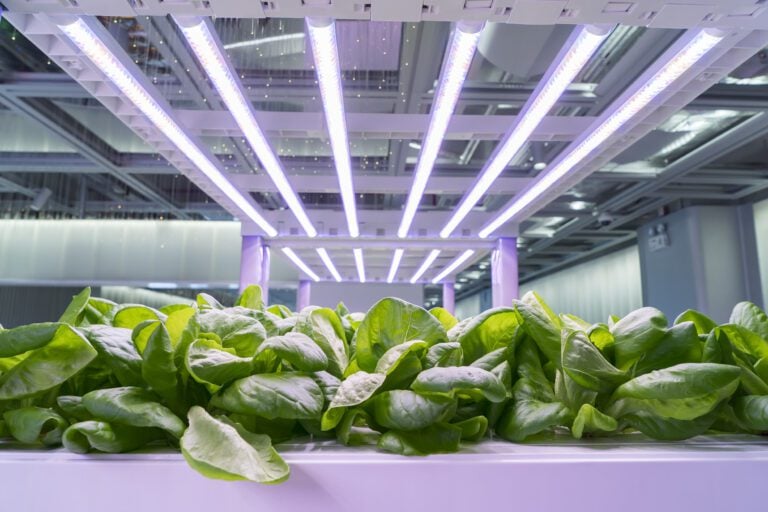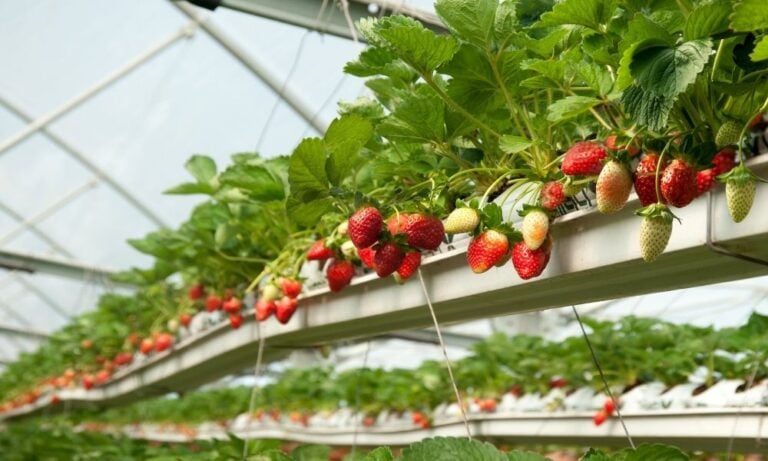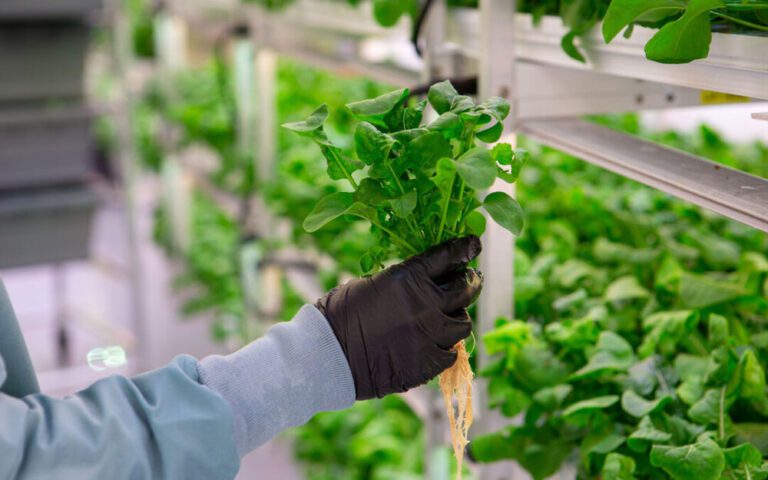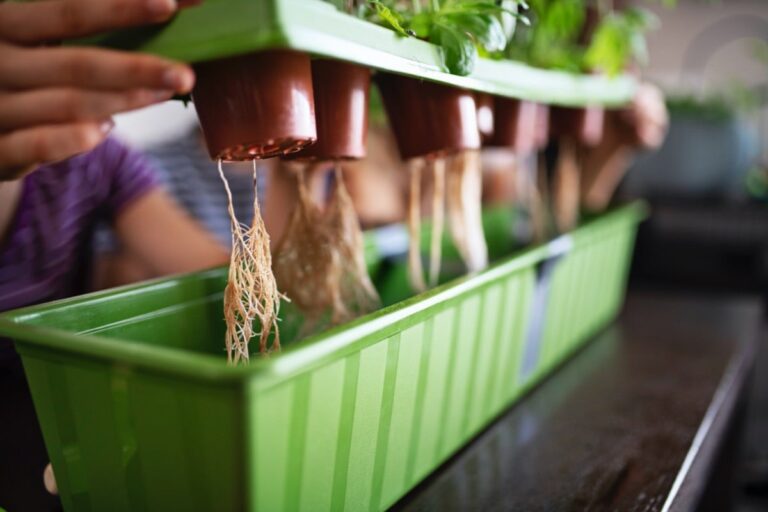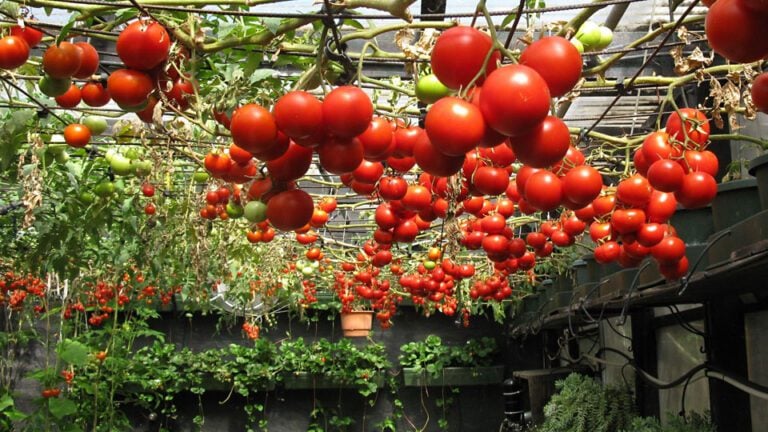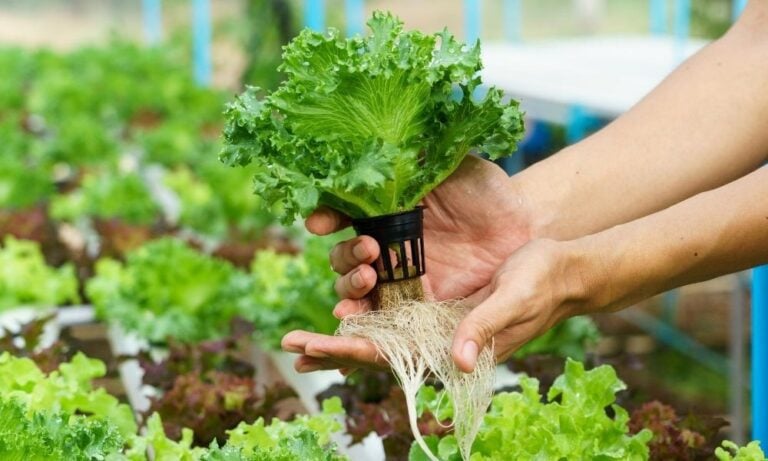The Best Hydroponics Store to Buy your System
When it’s time to shop for hydroponic materials, you have two main choices: check online or shop at a brick-and-mortar shop. Online shopping has its benefits, but occasionally you want to check the products out in the flesh. You’ve probably gone to Google and typed into the search bar “hydroponics stores near me.”
While Google is an obvious way to find stores near you for convenience, there are other possibilities. And not just more options, but improved options.
In this post, we’ll tell you how to locate hydroponics stores within your vicinity for your convenience and how these shops can help you advance your hydroponic systems.
How to Find a Hydroponic Store Nearest to You:
We all have a complicated love/hate relationship with search engines. They offer many results, but these often set a downhill spiral of clicking and an overwhelming quantity of open tabs.
There are, however, lots of websites that can help you locate a local hydroponics store. There are some in which you enter your search radius and zip code, then click search. A map pops up showing all the hydroponic supply stores close to you. Not only do the websites list the store names, but they also contain the phone numbers and websites of the stores, making it super easy to contact the store you want before you make the journey.
Amazon:
Amazon is the leading online vendor for most products. Their extensive selection includes top hydroponic brands like LAPOND and Aerogarden. Amazon Prime allows clients to enjoy free and fast shipping on many products.
Returns are also super easy because items can be transported for free through shipping or brought to an Amazon Hub, among others.
Benefits of Shopping at a Local Hydroponics Store:
Buying online is very convenient. But shopping at a local store near you has many advantages. We have listed some main reasons why shopping at a local store for hydroponics systems and equipment can help you.
1. Get Personal with Products:
Even after you have read everything about a product you want to purchase online, you might still have a few queries. For instance, let’s take a look at grow room glasses. Product descriptions and articles have taught you about color corrective lenses and optical density and helped you narrow your choices to a few pairs of glasses. But then you think, what if you order them, but the glasses don’t fit?
This is just one instance of when a store is helpful. You can head down to your local hydroponics store, try on the glasses, and purchase the product you know fits perfectly.
Along with trying things, the stores also allow you to check product features and compare the products side by side.
2. Receive Products In Great Condition:
Sometimes you need a product immediately. While modern delivery can transport products within even a day, you’ll likely have to pay extra for these increased rates.
By heading to a shop, you can leave the desired product in your hands the same day you enter the shop. And you don’t even have to pay extra for shipping!
Another advantage of buying from a shop is you know the state of the product you’re purchasing. Sometimes, products get damaged while shipping, and complaining to the company and returning the products can be a bit tiresome.
3. Advice:
You can talk directly to the employees and owners when you go to a store. More often than not, these employees are passionate gardeners, so they might have practical experience with the products they present in their stores. They can assist you if you’re pondering the differences between two comparable products.
Another advantage of talking to the employees is that you can clearly explain your specific growth goals and setup. If you’re a regular client, there’s a good chance that you’ll develop a good relationship with at least one of the employees. And that means you won’t have to explain your needs every time you visit the store.
4. Help with Problem-Solving:
You’re guaranteed to run into issues whether you are an experienced commercial grower or a beginner home grower. Nutrient deficiencies, spider mite infestations, uninspiring blooms, and many hydroponic store employees might have also faced the same problems during their work, so they know exactly what you need and are usually happy to help.
If you’re having an issue with your crops or your hydroponic system, the store staff give you helpful solutions you might never have thought of. Since it is the employees’ job to know what they are selling to the customers, they can likely recommend a product that will aid in solving the issue you’re experiencing.
Another perk of visiting a store is you’ll be able to use the relations stores have with different brands. If you’re having an issue with your hydroponic system and the store employee can’t work it out, they can reach any brand representative for professional advice.
Products that the Hydroponics Stores have:
Even if a store has knowledgeable employees and fantastic customer service, they must carry the products you require. While individual brands and products vary between different shops, you’ll find that most stores carry hydroponics products in the following sets.
Complete Hydroponic Systems:
You can find it in the stores if you’re searching for a nutrient film, deep water culture, or an ebb and flow technique system. These complete sets contain everything you require to get started with hydroponic growing.
Complete kits contain grow medium, containers, pumps, and all other essential hydroponic system components.
Lighting:
If you know about growing plants indoors, you know that light isn’t just a light! With CMH, LED, HID, and many more, you have many choices when choosing growing lights for your hydroponic growing system. Many shops will contain different brands and types and substitute parts for specific lights. You’ll even be able to find replacement reflectors and bulbs.
Nutrients:
Whether you’re seeking dry or liquid hydroponic nutrients, most stores will carry an assortment of products for you to select from. Since stores have associations with certain brands, they’ll also carry nutrient lines that include products for the different stages of your plant’s life.
Since employees will be acquainted with these products, they can offer you helpful information, for instance, when to change from vegetative to blooming nutrients. Additionally, if your plants are experiencing a nutrient shortage, employees can help modify your fertilizer schedule to solve the issue.
Find a Store nearby and Get shopping:
Now that we’ve told you about the pros of shopping for hydroponics equipment and tools at your local store, it’s time for you to go shopping!
Head to your nearest local store, pursue stellar products, chat with the employees, and watch your crops grow and confidence soar!
Types of hydroponic systems:
We will also discuss the main types of hydroponic systems in this article so you can get a clear idea of what you are looking for.
1. Wick System
The wick system is the simplest type of hydroponic method that you can use to develop plants, which means that practically anyone can utilize it. You won’t need extensive knowledge or skills to make it work properly. The wick system is noted for not using electricity, aerators, or pumps. Moreover, it’s the only hydroponic system that doesn’t require electricity. Most wick systems include placing the plants directly within a porous substance like vermiculite or perlite. Nylon wicks are arranged around the plants before they are sent into the nutrient mix.
If you’re contemplating using a wick hydroponic system to grow your plants, you need to know that the simple nature of this system indicates that the plants cannot obtain a substantial amount of nutrients. As such, the system is idyllic for herbs and small and garden plants. Plants that don’t require ample water will produce well in this specific system.
2. Water Culture:
A water culture method is another extremely simplistic hydroponic system that positions the plant’s roots directly into the nutrient mixture.
Although the wick system places particular materials between the water and the plants, the water culture system avoids this barrier. The oxygen the plants require to survive is sent into the liquids by an air stone or a diffuser. If you use this system, remember that the plants should be appropriately positioned with net vessels.
The only potential problem with the water culture system is the occurrence of root diseases caused by dirty growing situations.
3. Ebb and Flow (Flood and Drain):
The Flood and Drain system is another standard hydroponic system that home gardeners mostly use. With this system, the plants are placed in a large grow bed filled with a medium like perlite or Rockwool. Once the plants are carefully embedded, the grow bed is submerged with a nutrient-rich mixture until the water reaches a couple of inches underneath the growing medium’s top layer, ensuring that the nutrient mix doesn’t flood.
The water pump that overflows the grow bed is prepared with a timer that switches the pump off after a specified time. When this happens, the excess water will be drained from the grow bed and directed back into the pump. This system has been efficient for growing nearly all kinds of plants, including certain root vegetables like radishes and carrots.
4. Drip Systems:
A drip system is another easy-to-use hydroponic arrangement that you can quickly tailor for different types of plants, which makes it great for any gardener or farmer who plans to make regular alterations. The nutrient solution utilized with a drip system is propelled into a tube that sends the solution directly to the plant base. At the end of each pipe is a drip emitter that controls the amount of solution to be placed in the plant. You can regulate the flow to meet the requirements of each plant.
These systems can be as large or small as you want. They can also be non-circulating or circulating systems. A circulating system will trickle almost continuously. Any excess nutrients will be returned to the tank that stores the nutrient solution. Since you can freely alter the flow rate and size of this hydroponic system, it can be operated to grow nearly any plant you want.
5. Nutrient Film Technology – N.F.T.:
The N.F.T. system has a straightforward design but is mainly used because of how well it balances a variety of specific applications. The nutrient mix is placed into a large tank when you use the N.F.T. system. From here, the solution is sent by a pump into sloped canals that allow the extra nutrients to flow back into the tank. When the nutrient solution is pumped into the outlet, it flows down the incline and over the plants’ roots to provide the correct amount of nutrients.
We highly recommend that you use net containers with this type of hydroponic N.F.T. system. In many cases, the N.F.T. system won’t need a growing channel. Since the mediums used with this system are moderately small, we suggest you pair them with plants with lesser roots.
Although this system can’t graciously accommodate larger plants, it scales well, meaning you can tailor it to allow for the development of a large number of plants simultaneously. Since it balances well, home growers and commercial farmers commonly use the N.F.T. system.
6. Aeroponic Systems:
Aeroponic systems are easy to understand but somewhat challenging to construct. With this kind of system, the plants you want to grow will be hung in the air. A couple of vapor nozzles are placed below the plants. These nozzles spray the nutrient mix onto the roots of the plants, which has been recognized as a very effective and efficient hydroponic method. The mist nozzles are directly connected to the water pump. When the pressure rises in the pump, the mixture is sprayed, with the excess falling into the basin below.
As long as you use the correct measurements for the reservoir, you can produce and cultivate nearly all types of plants by using this aeroponic system. However, the tank needs to be exceptionally deep if you plan to grow larger plants. Otherwise, the mist nozzles might not be able to reach all of the roots. Since plants with such a system are hung in the air, they get all the oxygen required.
This system also uses less water than the other hydroponic systems, which is excellent for efficacy.

